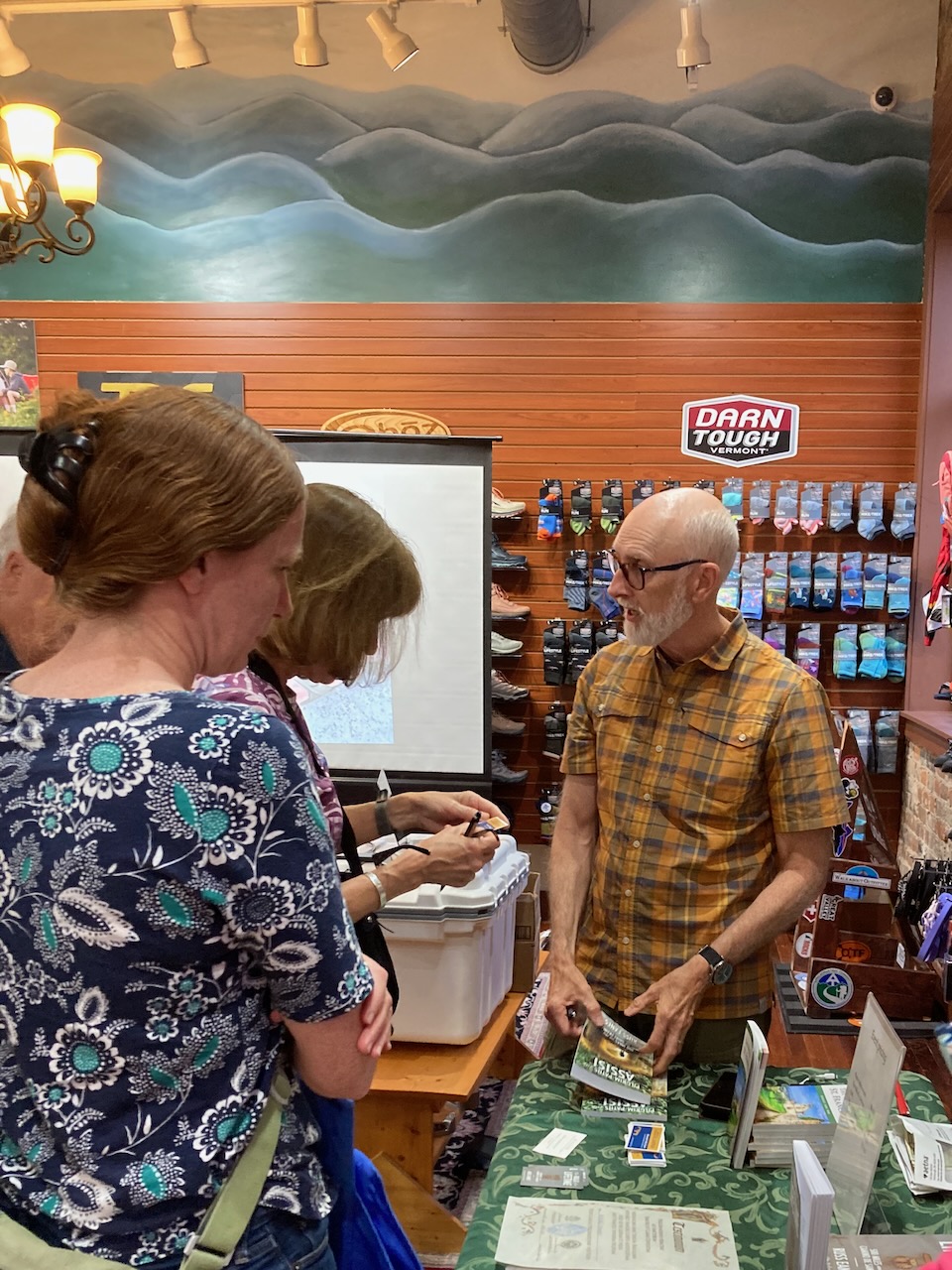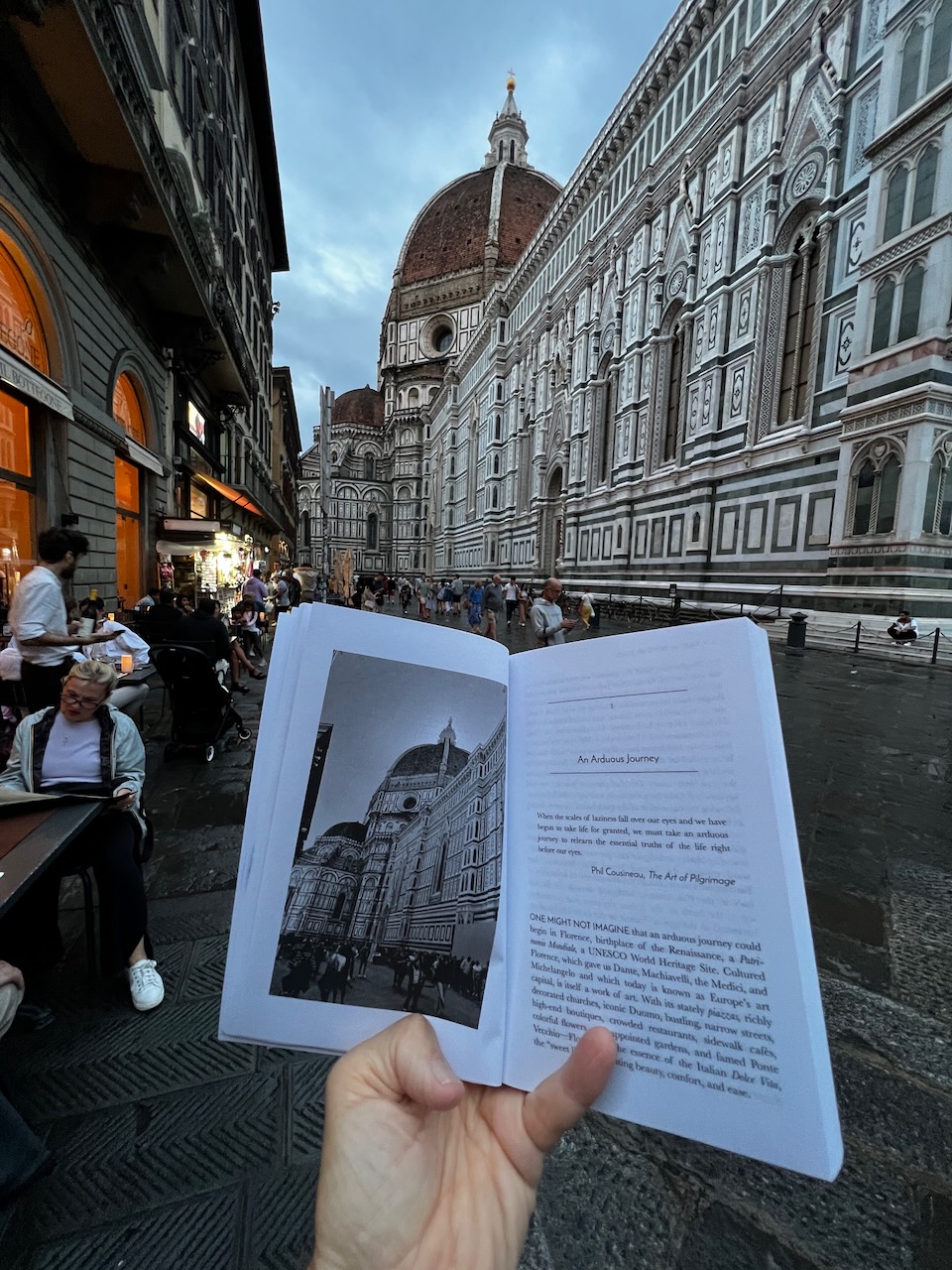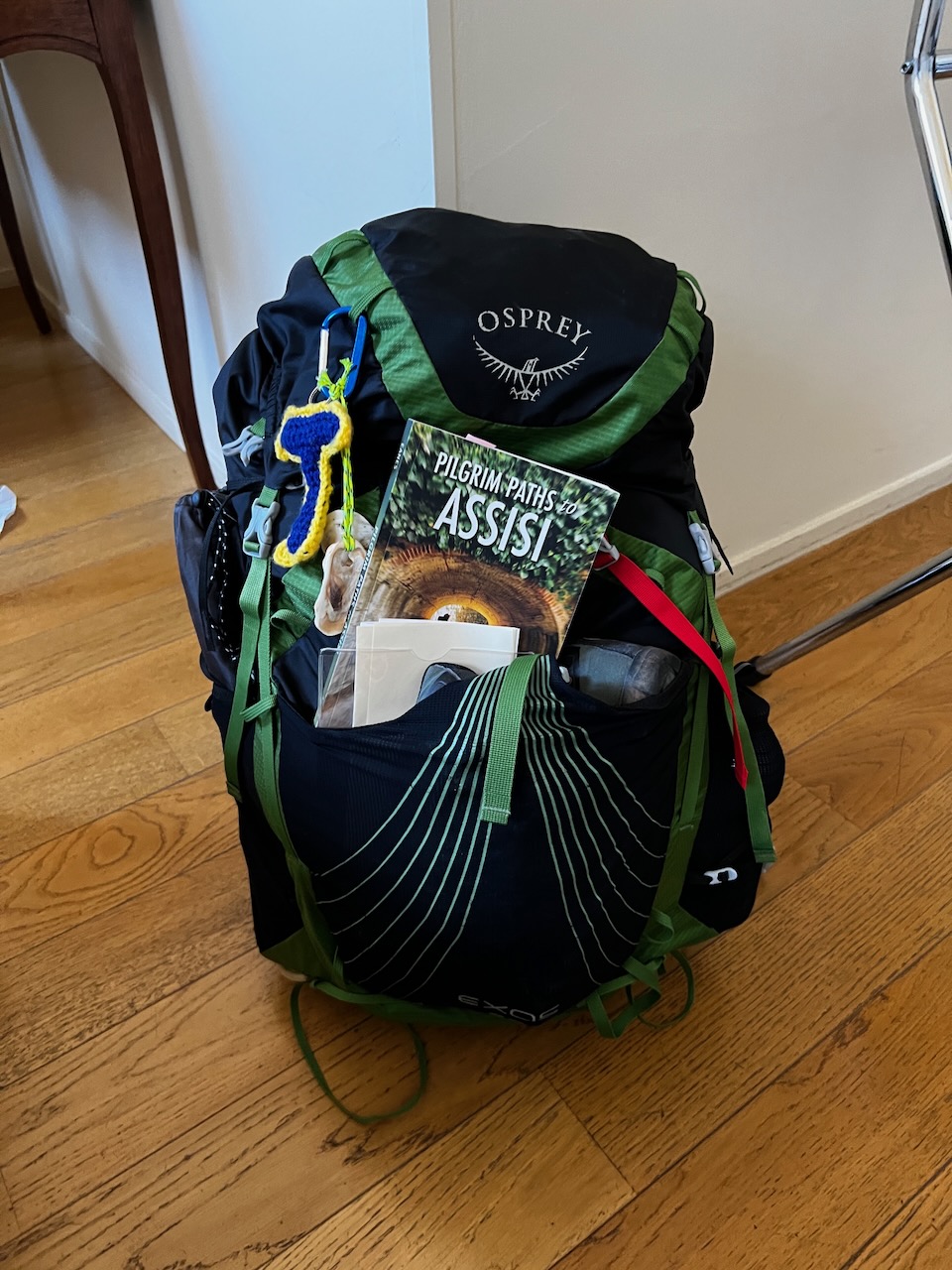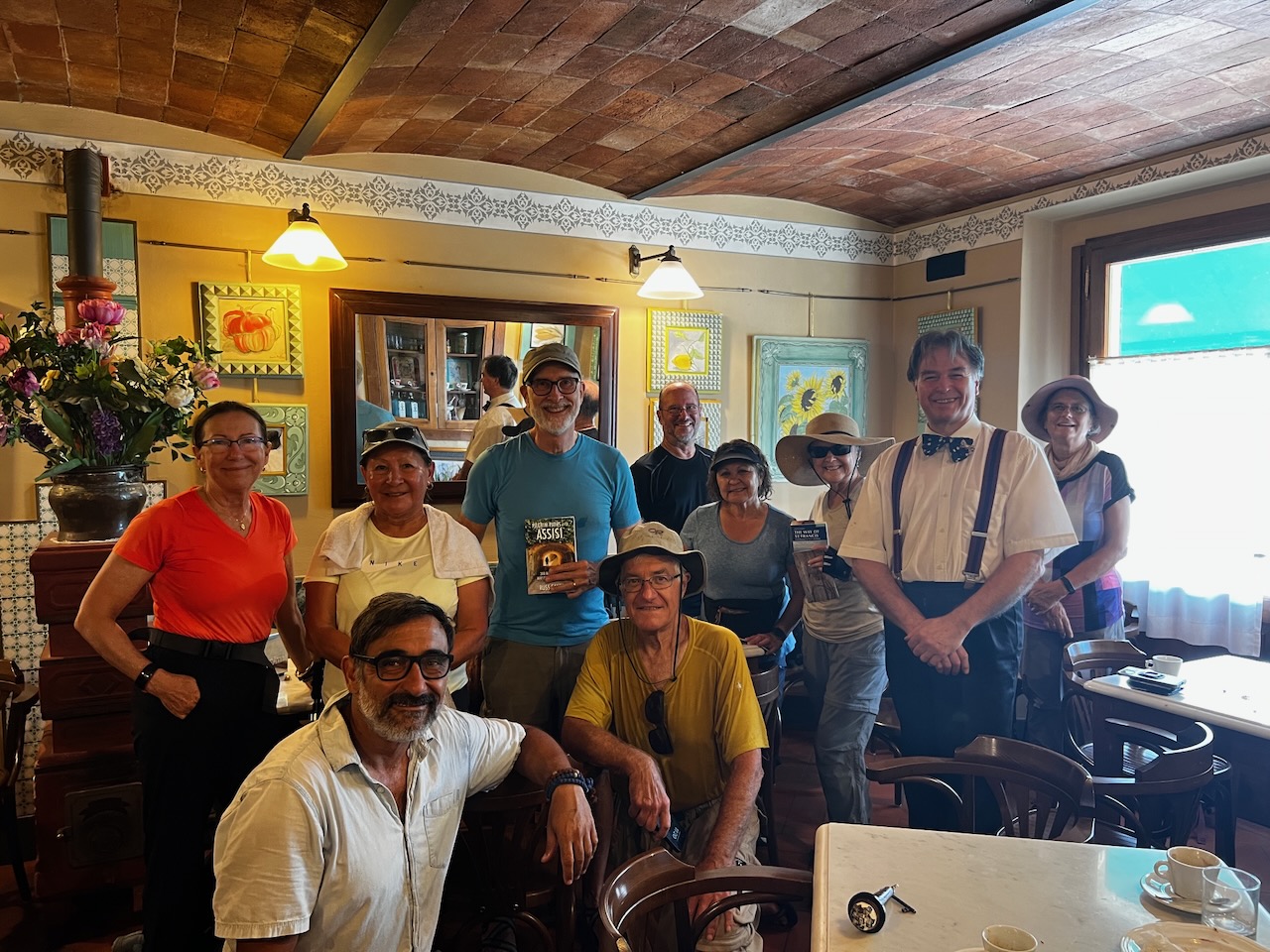Becoming an independent and self-published author means corralling a great deal of creativity. This is the challenging track I chose six years ago at age 61, leaving my position as publisher and executive director of a denominational publishing house. After more than a decade of downsizing and adaptation to shrinking markets, I had decided it was time to move along myself. I was too young to retire, but old enough to know that I needed to find something new, something that would potentially give me many more years of fulfillment, as well as income. I took a year off to develop my next “act.”
While I wasn’t exactly sure what I might do next, I had seen a need for a coaching/consulting practice that could help authors who were rejected by traditional publishers. Their writing had merit, but not a lot of sales potential. Self-publishing was a viable route. I knew that there are lots of free tools available, but they would need some help in using those tools. I could take my strengths—especially helping authors figure out what their message and audience was—and combine it with my knowledge of the nuts and bolts book publishing, and coach them through the process.

Then something unexpected happened along the way from being a publisher to a publishing consultant: I fell in love with writing books. And I found a set of connecting income streams and vocational opportunities that I had never thought I’d find.
During my year off, I’d taken time to travel, with a pilgrimage on the Camino de Santiago my first priority. I hadn’t planned to write about the experience, which was deeply transformative. It was something simply enjoyed for itself. However, when I returned, I decided that a good pilot project to start my coaching business would be write about the amazing experience and self-publish it. With that, I became an author.
I had always wanted to be a writer, but other career choices got in the way. Working as a book publisher was close enough, and was deeply satisfying, but I never thought I could keep my attention span going long enough to write my own book. I was wrong.
I found that I loved the process. I loved interacting with early readers of my manuscript. I loved honing the text. I loved shaping and structuring it into something that flowed. After I was done, I discovered that I loved marketing and promoting it because I loved its message. In a little over four years, I sold 6,000 copies of The Walk of a Lifetime: 500 Miles on the Camino de Santiago. Even more importantly, it meant I had at least 6,000 readers.

Mastering the self-publishing process, especially doing it well, is challenging. I have the advantage of being a former publisher and know not only the nitty-gritty of getting a book into the marketplace but understand key concepts such as audience and market and how to promote to that market.
Many, if not most, self-published authors are disappointed with their sales because they (understandably) focus on the creative process and only later think about how they will market their finished book. When I coach budding authors, zeroing in on audience and knowing how to connect with that audience is key. I teach them to know the competition: How is your book similar, and how is it different? I encourage advertising, but only when its effects can be measured. Even if you create the world’s greatest literary work, it won’t matter if no one knows it exists.
Creating a professional-looking product will help develop credibility. I use professional editors and designers for my finished product, which has made a big difference. I created a website and a landing page for each of my books, as well as a press kit for each, that I can send out to the media. Any podcasts or interviews that I do are linked in my press kit, which is electronic as well as paper. I freely send out copies to review to other authors or influencers who might lend an endorsement. I offer signed copies for sale and ship them for free to the U.S.
I have also used ingenuity to create my own author tours. A local NPR station featured my first book, and then I leveraged that coverage to appear at local and regional hiking “outfitter” shops to talk about my walks and sign copies of my book. I had several of these events scheduled in the spring of 2020, and each appearance was a springboard for more publicity and more appearances. It felt like I was on a roll.
Then came the pandemic. Public appearances evaporated overnight.

I soon pivoted to creating online events, through Facebook and other platforms, mastering techniques such as lighting and audio. I used social media to promote them. For my first material, I interviewed other authors. I became a contributor to online travel groups (primarily about pilgrimages), offering advice, making recommendations, and widening my web of connections. I learned the art of giving things away to my community. I’m still doing free, live events several times a month. This earns respect, particularly because it is genuine and is not just a way to sell myself or my books. I have also started writing articles for wider publication about my experiences. Even when I don’t get paid, it increases name recognition and credibility. Having a passion for your message produces meaning as well as results.
Even so, it’s hard to make a living as a writer/author. Harder than ever. Authors are competing in a very crowded field, even more in the digital age with distractions that consume readers’ time and attention. To augment income and make it more sustainable, I have found “connecting” income streams. Besides coaching authors, I have started leading walking tours related to my books.

This past fall, I took my latest book, Pilgrim Paths to Assisi: 300 Miles on the Way of Saint Francis, on an informal “book tour” as I led a group of 12 older adults on the same pilgrimage path featured in the book. While the primary purpose of my role was to host the tour, I took opportunities to give away more than a dozen copies of the book to locals whom I had featured in it the book, as a way to say “thank you” to them. It was fun, and it kept alive the connections to the people and communities that I had written about in my book, and I had fun publicizing it through Facebook and in my blog
Whatever your age, it’s important to do what you love. I’m fortunate that several of the things in my life that I love have come together. For those of us north of age 60, the “post-career” phase of life can be the most fulfilling yet, an opportunity to do what you love and to keep doing it as long as you have strength and energy to do it.
Russ Eanes is a writer, walker, and cyclist from Harrisonburg, Virginia. He has several decades of experience in the publishing business, most recently as the executive director of MennoMedia and publisher at Herald Press, the publisher for the Mennonite Church in the U.S. and Canada. Since 2018, he has worked full-time as a freelance writer, editor, and publishing consultant and more recently as a tour host.